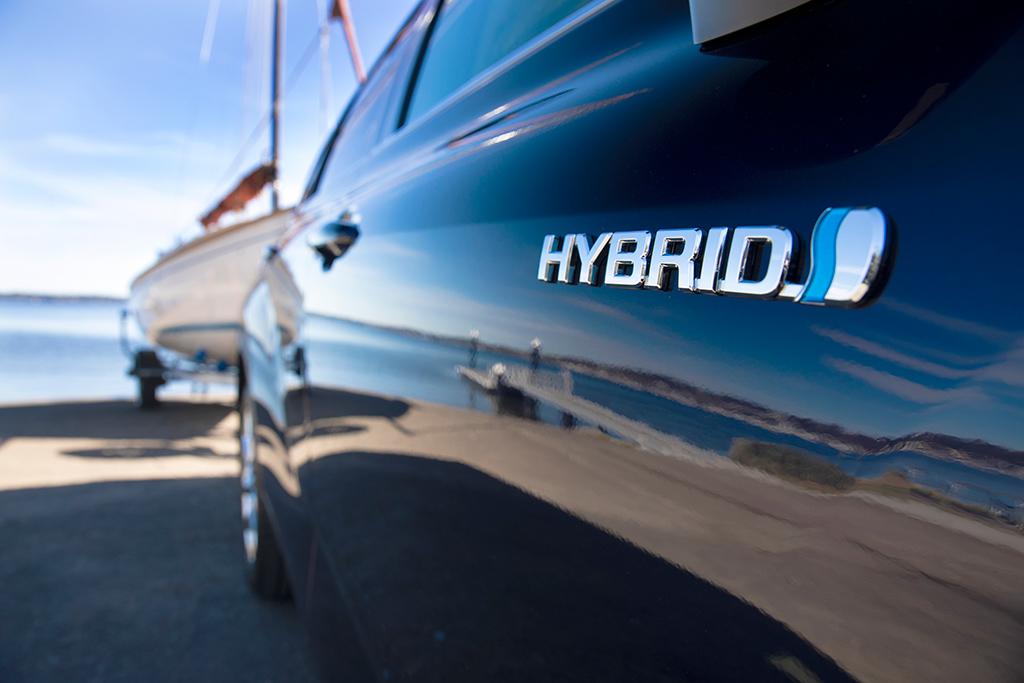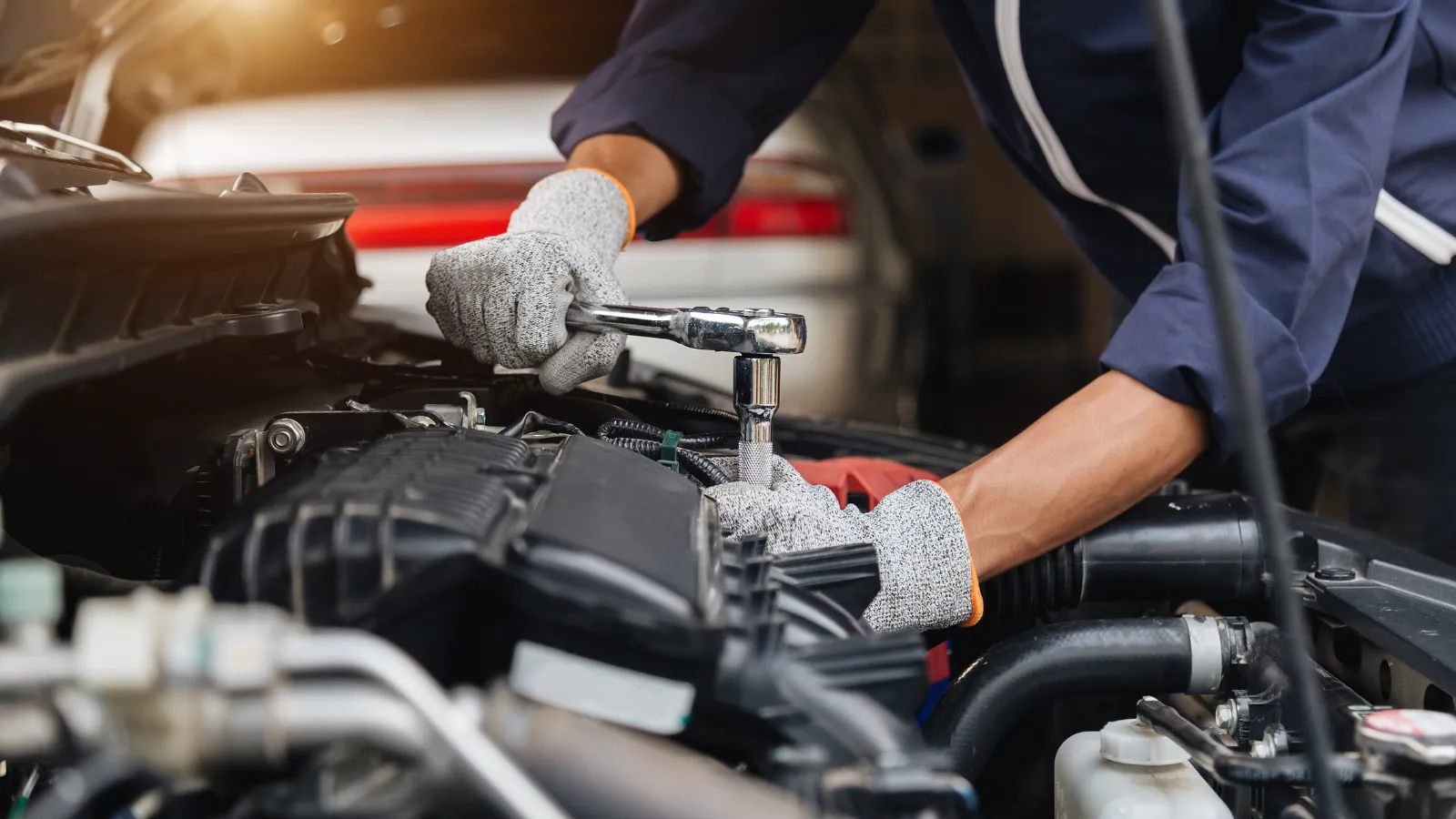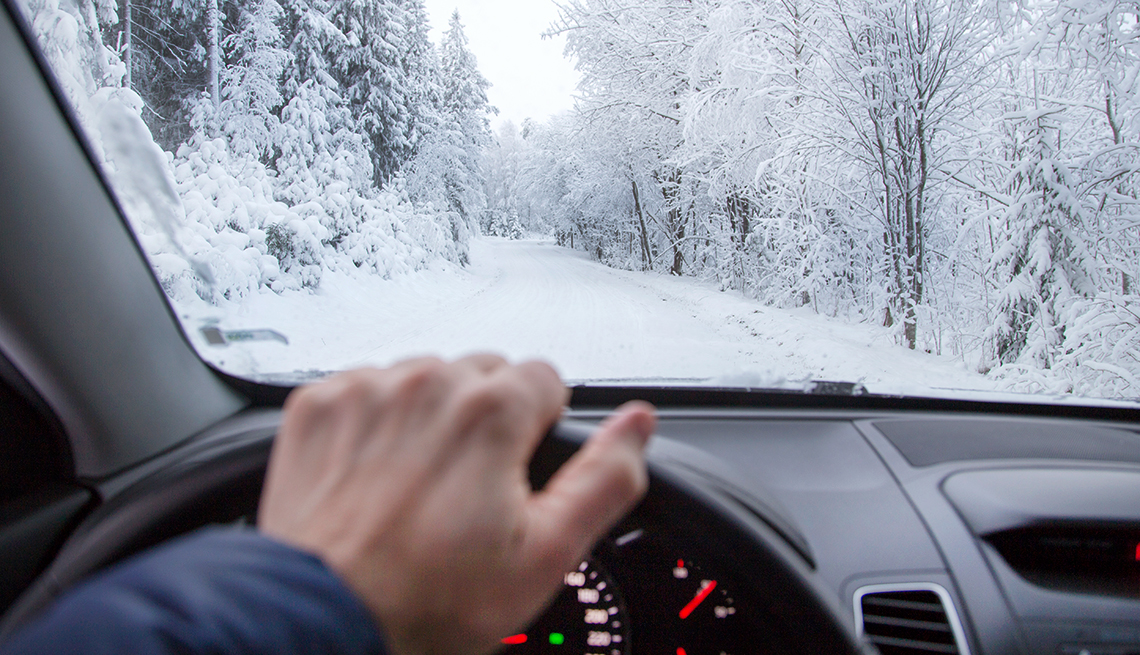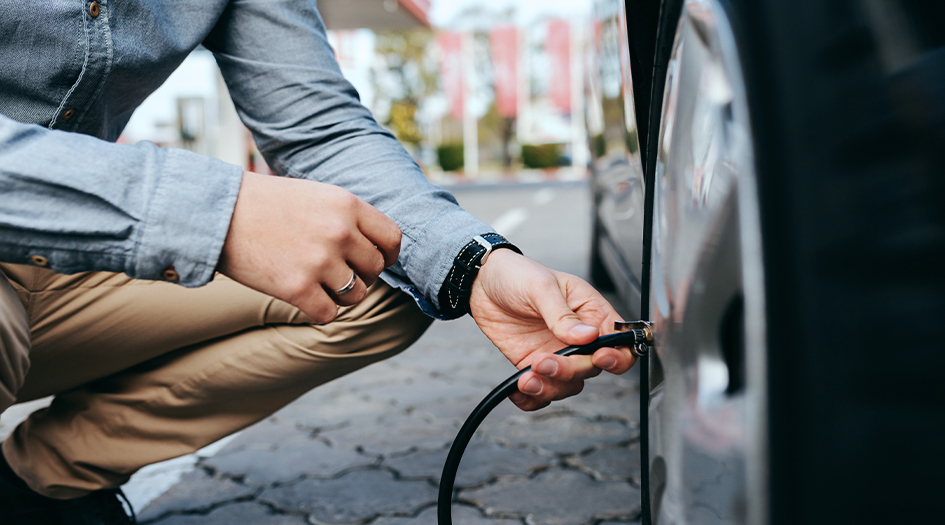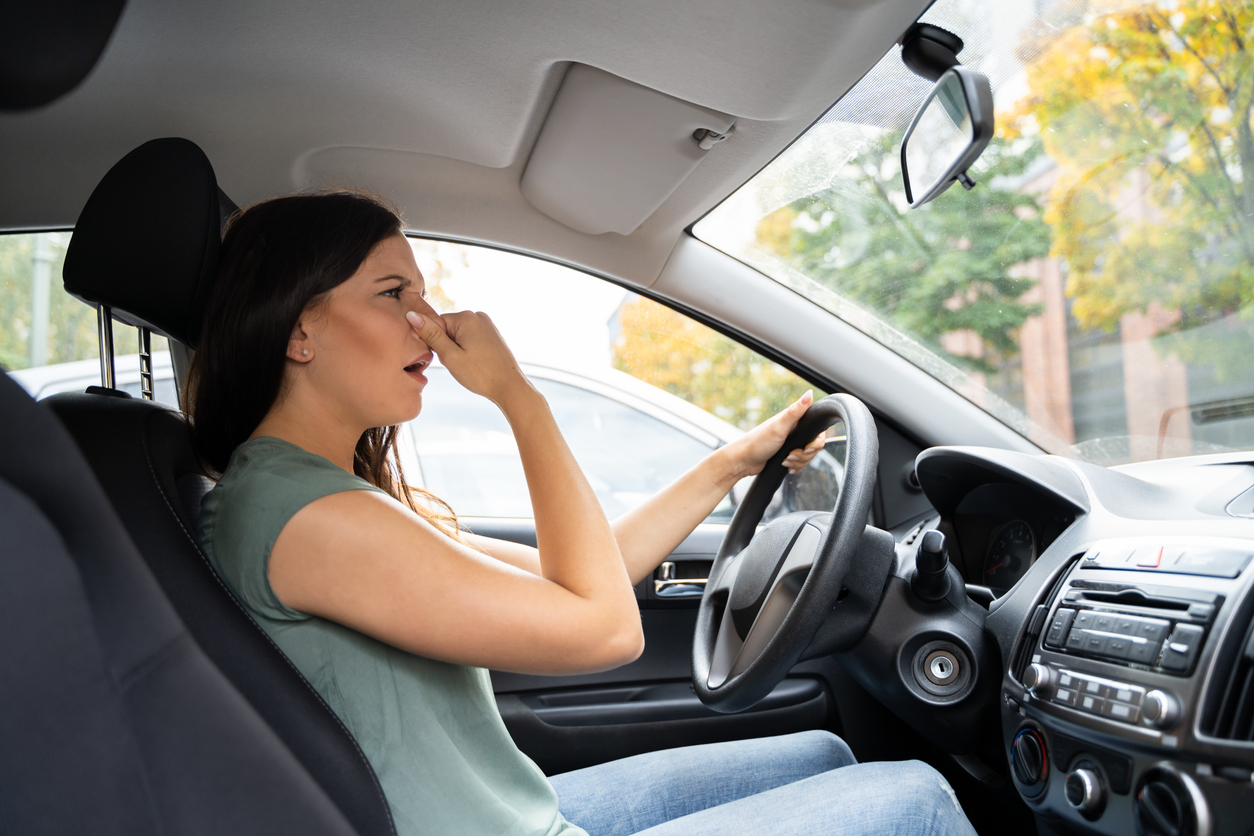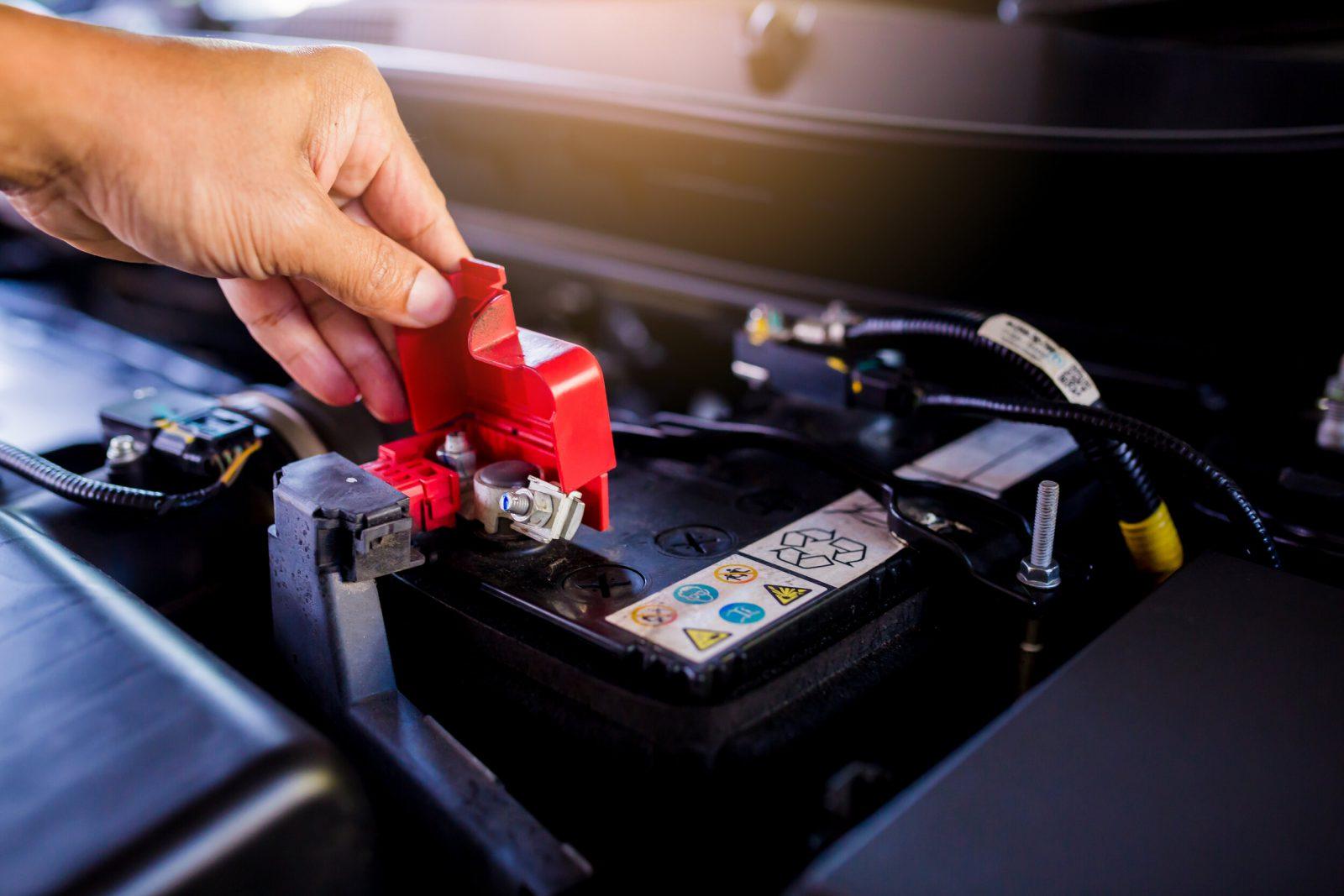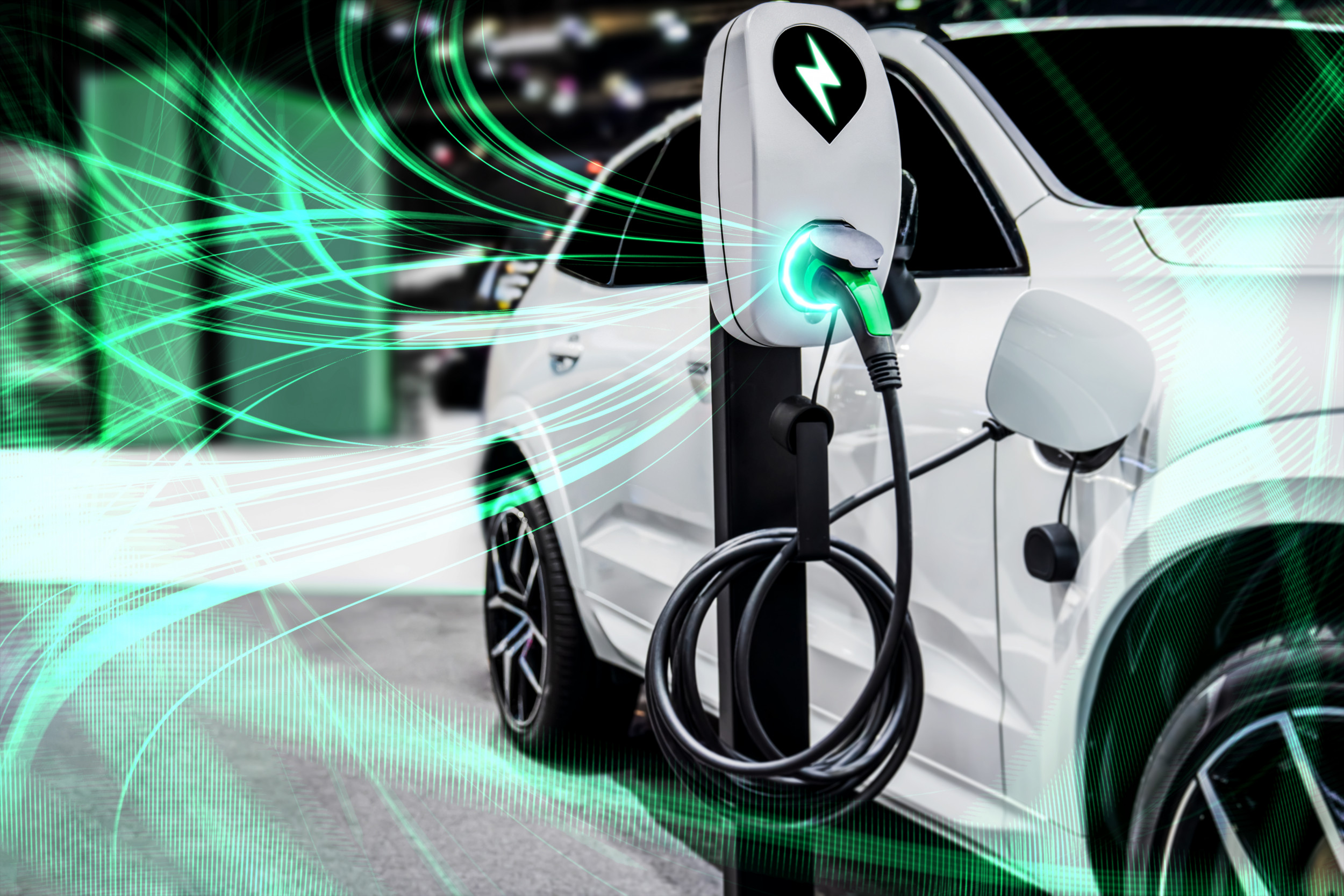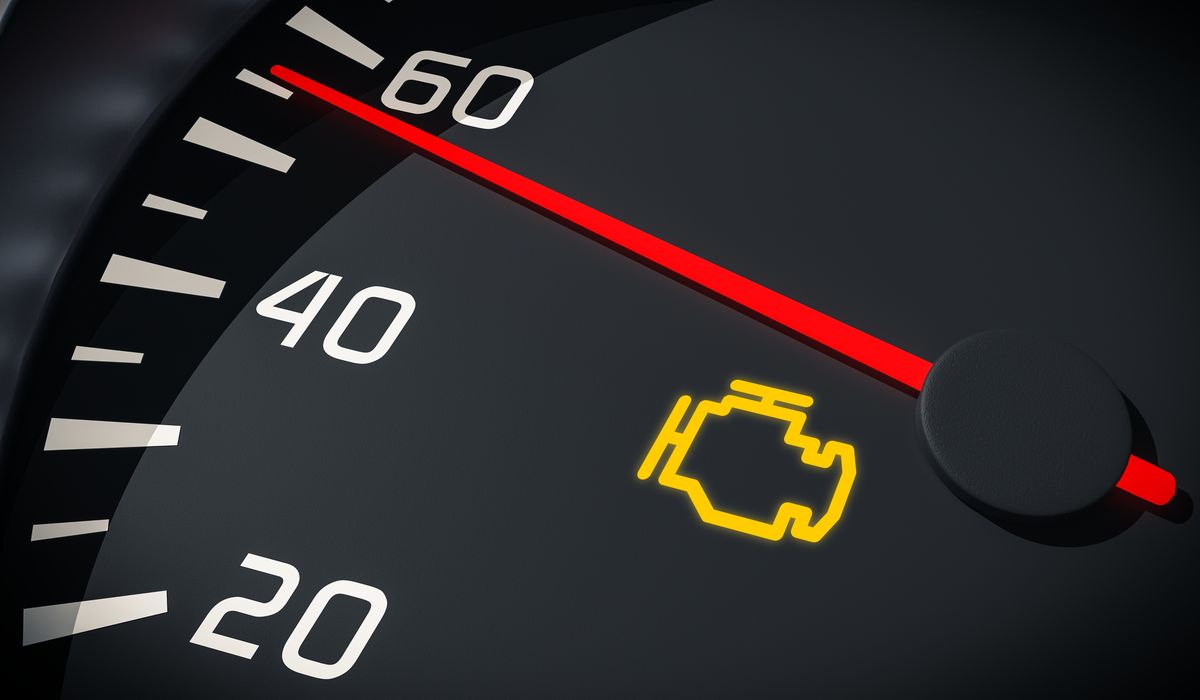Maintaining a vehicle can be expensive. There’s gas, oil changes, scheduled maintenance, new tires, and brake pads, and even the odd check engine light to take care of now and then. If you’re running to the dealership or the most expensive shop in town for every task, you’re spending too much. But you’re also asking for trouble if you’re completely ignoring car maintenance, too.
Properly maintaining your vehicle doesn’t have to be expensive, and done responsibly, you’ll save money on maintenance and ongoing care for your car. You can save on parts, labor, efficiency, and more simply by being smart about how you maintain your vehicle.
We’ve shared 17 ways you can save money on car maintenance. They include changing your own oil, keeping your car clean, inflating your tires properly, and shopping around for a mechanic and good rates on maintenance. Read on to learn how you can be maintenance savvy with these tips and more.
– Take care of car maintenance regularly: Following recommended maintenance schedules, maintaining oil changes and tire rotations, and generally taking care of your car will extend its life and cut down on potential repair bills. Vehicles aren’t designed to be built once and then run forever. They need help, and if you neglect to take care of them, there will be problems. Gunked up oil, low transmission fluid, engine or brake failure, and bald tires are just a few of the expensive messes you can run into if you don’t pay attention to car maintenance. It’s better to spend a little now than a lot later.
– Read your owner’s manual: Yes, really: you have to read the instructions. Your car’s owner’s manual, particularly the section on scheduled maintenance, is a helpful resource for taking care of your car and keeping it in good shape according to manufacturer recommendations. They are the experts in your car: listen to them.
– Do as much as you can yourself: Many maintenance tasks are easy to take care of in your own driveway. Changing out spark plugs, oil, filters, and checking on fluids are all within the skill level of the average driver. By DIYing as much maintenance, as you can, you’ll be able to save on dealership or mechanic labor fees. You may even find parts and supplies for less. Plus, you’ll be able to take the time to check on other upcoming issues for your car, like fluid levels, squeaky noises, and aging hoses or belts.
-Use online tutorials: An essential tool in the car maintenance DIYer’s belt is Google. Get connected with online guides, even YouTube videos that can walk you step by step through common maintenance tasks. You may even be able to find tutorials and videos for your particular make, model, and year, so there will be no guessing how exactly you can access a part or properly measure a fluid. If you prefer to work on cars the old fashioned way, pick up a repair manual for every model of vehicle you own.
Order parts online: Plan your maintenance tasks ahead and get your parts online, where you may be able to find discounts. Often, online parts shopping offers free shipping and better prices than the dealership or auto parts store.
-Never ignore warning lights: Good maintenance means listening to your vehicle, especially when it’s complaining. Any time you see a warning light, pay attention and investigate the cause. It could be something as simple as a loose gas cap, but you’ll never know until you look. Cars equipped with digital odometers make it easy to get trouble codes. Read your manual to find out how to get codes from your particular model, but most can be activated by simply turning the ignition key to the on (not start) position on and off two to three times and then watching the readout while in the on position. You can then Google these codes to learn more about your vehicle’s issue.
-Use a vehicle maintenance app: Relying on dealerships may have you come in for service too early or too late, as dealerships won’t know your car’s exact mileage and when it’s time to perform certain maintenance tasks. With a gas and maintenance tracking app, you’ll enter in your exact mileage each time, allowing the app to tell you about upcoming maintenance tasks you need to take care of right on time.
-Change the oil only when necessary: In the not too distant past, vehicles needed new oil every 3,000 miles or three months without fail. But that’s not always the case with models today. You could be wasting money if you’re changing your oil more frequently than needed. Look at your manual to find out when it’s time to change your car’s oil. You may also be able to rely on digital oil change reminders built into your vehicle’s system.
-Check fluid levels and perform a safety check every time you change your oil: While you’re changing your oil, it’s a good idea to do a quick diagnostic check. Take a look at fluid levels including your brake fluid, antifreeze, power steering fluid, wiper fluid, and transmission fluid. This is also a good time to change out your air filter, check hoses and belts for signs of wear, and take a look at the life left on your brakes and tires.
-Be aware of fair maintenance rates: Charges for maintaining your vehicle, such as oil changes, tire rotations, and scheduled maintenance can vary widely depending on the shop you visit. Make sure you’re being charged fairly by researching rates before you make it to the mechanic. Websites including RepairPal can tell you what you should expect to pay for a particular maintenance or repair task — and can even connect you with certified shops.
– Shop around for a mechanic: A good mechanic is worth thousands — and that’s not an exaggeration. Finding a mechanic with fair prices and honest practices can really pay off, especially when it’s time to make repairs. Read reviews, ask friends and neighbors, and shop around until you’ve found the right mechanic to take care of your car.
-Keep your battery clean: Your battery is a more important part than you might think. And it becomes especially important if you find yourself stuck with a car that won’t start. It’s easy to keep your car’s battery clean. Use a small brush to apply baking soda and water to terminals to clean off corrosion.
-Shop around for tires: Most of the leading tire brands are available at a variety of shops for a variety of prices. You may be surprised to find that big box stores can have the best deals and service for tires. However, some specialty tire chains may have better policies, such as helpful warranties for damage, rotation, and balancing, so consider these as well.
-Keep your tires inflated: Under-inflated tires wear down more quickly and can negatively impact gas mileage. Pay attention to tire pressure sensors, or check manually with a tire pressure gauge. Most gas stations will turn on air pumps for free when you fill up.
-Don’t neglect your air filter: Your car’s air filter can help you save on fuel consumption, as a dirty filter clogged with dirt and debris can cut your fuel mileage significantly. This is an easy fix, as it is inexpensive and usually doesn’t require tools. You should change your air filter about once every three months.
-Keep your vehicle clean: A good wash and wax does more than make your car look great. It protects your paint and prevents residue that can damage your finish and even lead to rust. Regularly wash and wax your car, especially if you park it outside or take it on extended road trips.
-Touch up paint: Like washing and waxing, using touch up paint is a protective maintenance measure that makes your car look great. Using touch up paint, you can seal chips and cracks early on before they have a chance to really become a problem like rust or paint decay.

